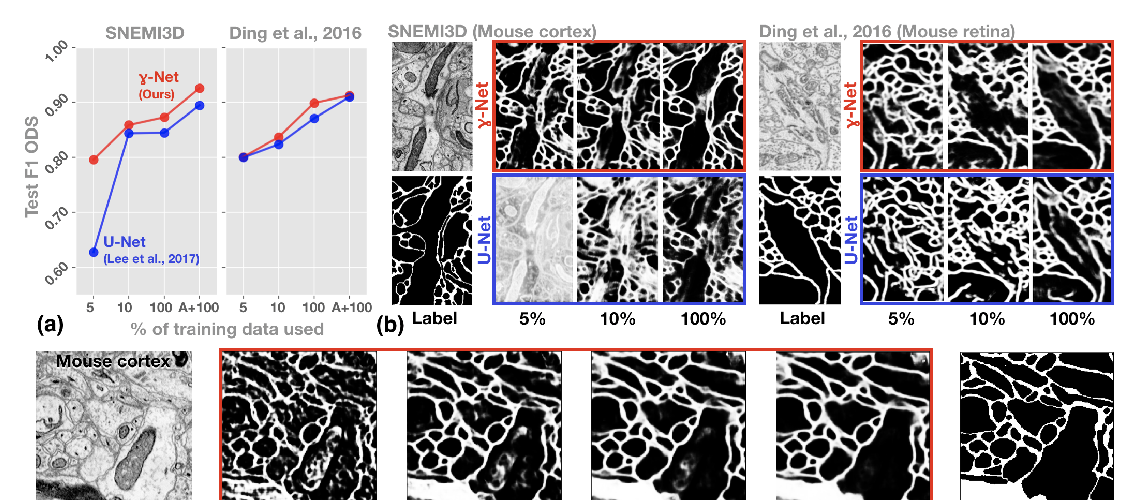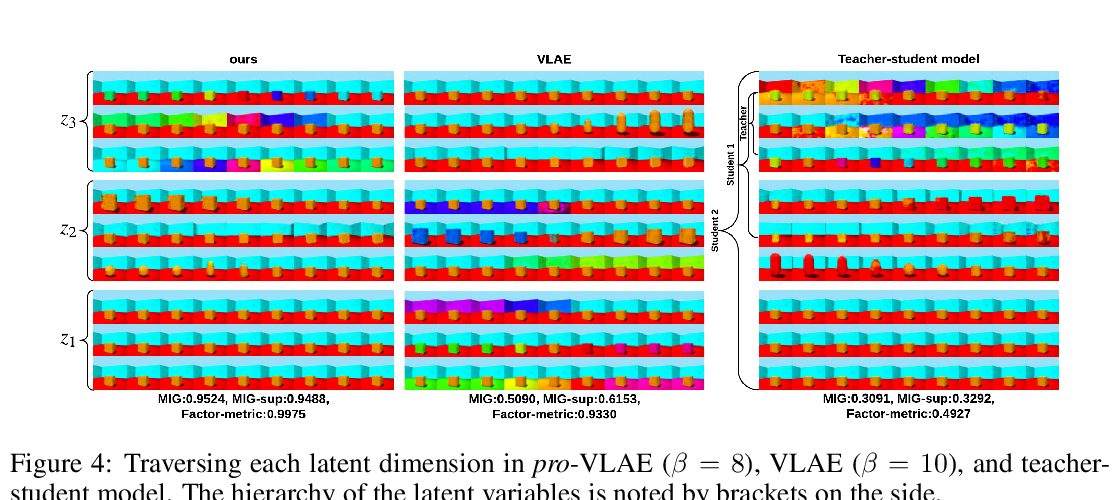Abstract:
Forming perceptual groups and individuating objects in visual scenes is an essential step towards visual intelligence. This ability is thought to arise in the brain from computations implemented by bottom-up, horizontal, and top-down connections between neurons. However, the relative contributions of these connections to perceptual grouping are poorly understood. We address this question by systematically evaluating neural network architectures featuring combinations bottom-up, horizontal, and top-down connections on two synthetic visual tasks, which stress low-level "Gestalt" vs. high-level object cues for perceptual grouping. We show that increasing the difficulty of either task strains learning for networks that rely solely on bottom-up connections. Horizontal connections resolve straining on tasks with Gestalt cues by supporting incremental grouping, whereas top-down connections rescue learning on tasks with high-level object cues by modifying coarse predictions about the position of the target object. Our findings dissociate the computational roles of bottom-up, horizontal and top-down connectivity, and demonstrate how a model featuring all of these interactions can more flexibly learn to form perceptual groups.


